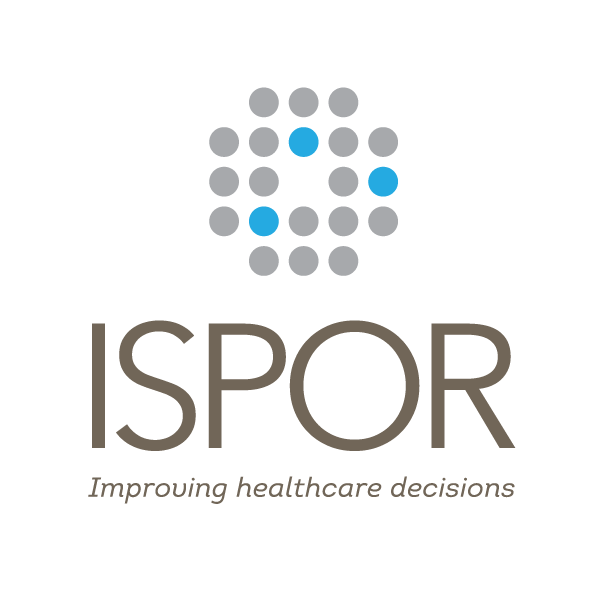Newswise — Princeton, NJ—July 25, 2016—The International Society for Pharmacoeconomics and Outcomes Research (ISPOR) announced today the publication of a study comparing the metrics obtained from profile-case best-worst scaling (BWS) with those from a discrete choice experiment (DCE) with respect to hip replacement surgery. The study confirms previous findings that BWS is comparable to DCE in estimating attribute weights and level preferences. However, the risk tolerance threshold based on the estimation of maximum acceptable risk (MAR) differs between these methods, possibly leading to inconsistency in comparing treatment scenarios. The results of this novel research, An Empirical Comparison of Discrete Choice Experiment and Best-Worst Scaling to Estimate Stakeholders’ Risk Tolerance for Hip Replacement Surgery, were published in the June 2016 issue of Value in Health.
The authors surveyed the general US population of males aged 45 to 65 years and potentially eligible for hip replacement surgery. The survey included sociodemographic questions, 12 BWS questions, and 8 DCE questions. Attributes were the probability of a first and second revision, pain relief, ability to perform sports and daily activities, and length of hospital stay. Conditional logit analysis was used to estimate attribute weights, level preferences, and the MAR for undergoing revision surgery in six hypothetical treatment scenarios with different attribute levels. The results included data from 429 respondents.
“Several research methods can be used to elicit patient preferences,” said corresponding author Catharina G.M. Groothuis-Oudshoorn, PhD, of the Department of Health Technology and Services Research, MIRA Institute for Biomedical Technology and Technical Medicine, University of Twente, Enschede, The Netherlands. “And while discrete choice experiment is the most commonly used stated preference format in health care,” she added, “best-worse scaling has been introduced as an alternative to DCE, and creates the ability to compare the relative impact of attributes.” Dr. Groothuis-Oudshoorn noted that to date, only limited empiric research has been conducted to determine the validity and reliability of both methods with respect to estimating preferences, and previous studies had been inconclusive.
Groothuis-Oudshoorn noted that although this research is the first to compare the MAR obtained with either BWS or DCE, “the similar patterns in attribute weights and level preferences when using either BWS or DCE are in agreement with previous studies.”
The authors highlight that caution should be taken when using these preferences to calculate a ratio or absolute cut-off value (i.e., the MAR) for decision making. Although it would be easier to have one cut-off value, the results demonstrate that the choice of methodology then could influence the decisions, and the results can thus be sensitive to regulatory decisions. Therefore, it is recommended not to consider only the threshold or absolute value, but to incorporate the underlying respondents’ preferences in the decision making.
###
ABOUT ISPORThe International Society for Pharmacoeconomics and Outcomes Research (ISPOR) is a nonprofit, international, educational and scientific organization that promotes health economics and outcomes research excellence to improve decision making for health globally. Web: www.ISPOR.org | LinkedIn: http://bit.ly/ISPOR-LIn | Twitter: http://bit.ly/ISPOR-T (@ISPORorg) | YouTube: http://bit.ly/ISPOR-YT |Facebook: http://bit.ly/ISPOR-FB
ABOUT VALUE IN HEALTHValue in Health (ISSN 1098-3015) is an international, indexed journal that publishes original research and health policy articles that advance the field of pharmacoeconomics and outcomes research to help health care leaders make evidence-based decisions. The journal’s 2015 impact factor score is 3.824. Value in Health is ranked 3rd out of 74 journals in health policy and services (social sciences), 8th out of 87 journals in health care sciences and services, and 10th out of 344 journals in economics (social sciences). Value in Health is published bi-monthly and circulates to more than 10,000 readers around the world. Web: www.ispor.org/valueinhealth | Twitter: http://bit.ly/ISPORjournals-T (@ISPORjournals)
